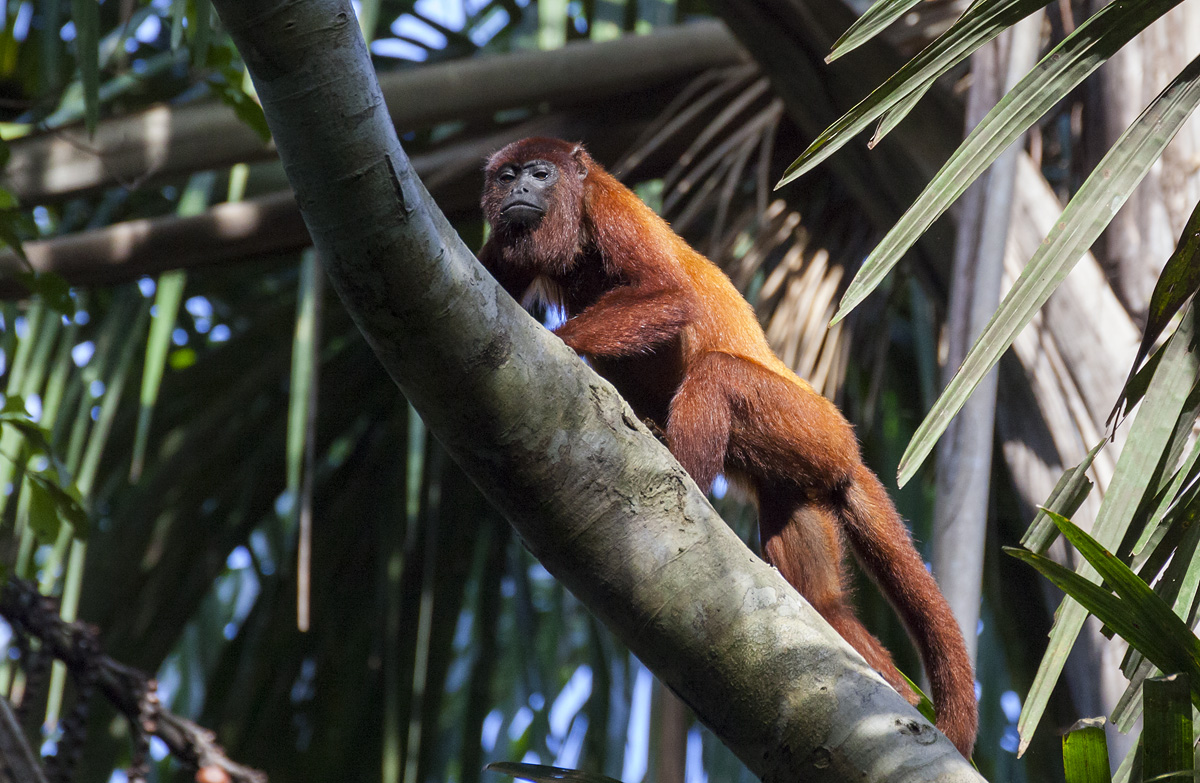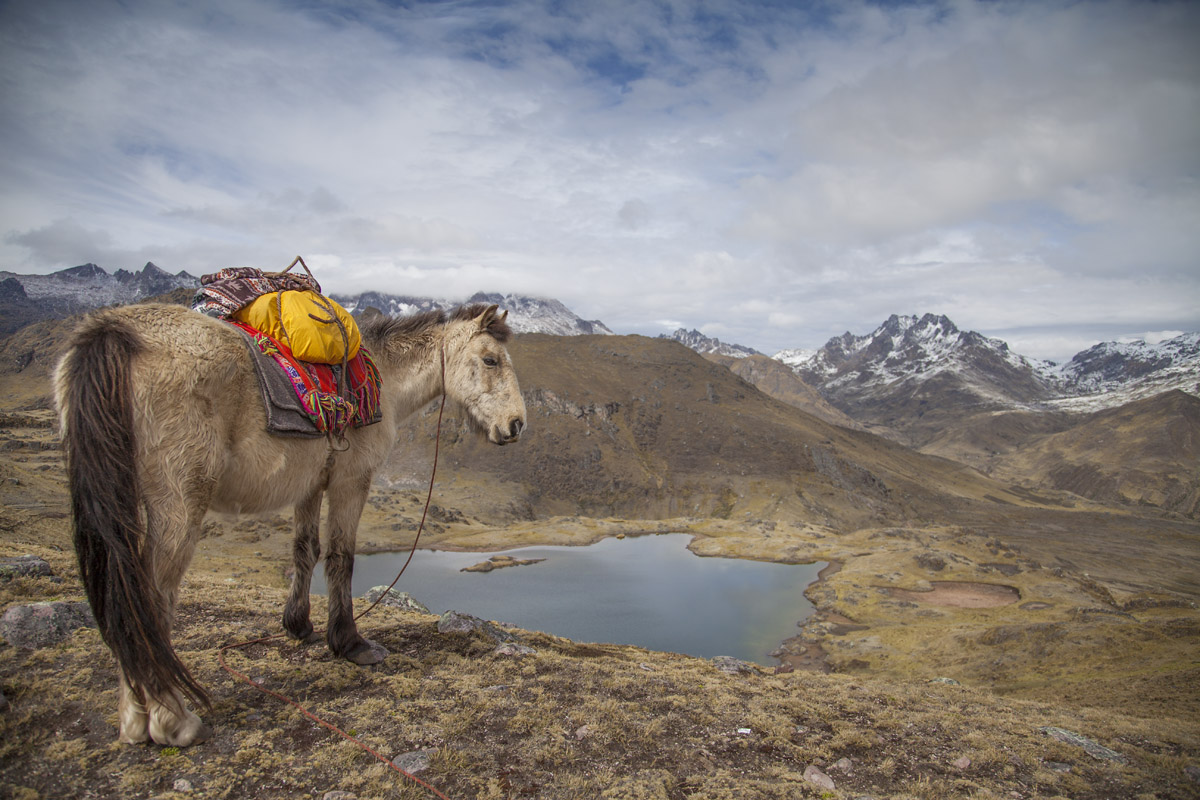Ica Province: Adventure and Beauty in Peru’s Desert.
If you have 2 or 3 days to add on to your trip to Peru, here’s an Idea. Ica is a 9$/4 hour bus ride from Lima, and it feels like it takes you to another planet. Barren land , colorful skies, and 400ft tall sand dunes. Huacachina in particular is a true dessert oasis just outside of the city of Ica where you can get a nice hotel in the oasis, and spend your day sandboarding the sand dunes, or catching air in a dune buggy. Check out the last of my Peru galleries by clicking here.
Fog catching in Lima
Lima is the capital of Peru, and with around 9 million people living in the area, by far the country’s biggest city. Since the arrival of the conquistadors of the 1500s, the city has played a role in Spanish Colonialism. More recently, it has exploded in both size, as it expands into the mountains, and population, as Peruvians from the countryside come to the capital seeking opportunity. Most, in actuality, have instead found poverty. Lima has become infamous as a massive urban zone of insecurity. Stories of muggings, car jackings, even tales of hostage for ransom fill the travel message boards.
Taking your security into account is a must in Lima, granted, this is true for any big city anywhere else in the world too. Lima is also a city of eternal fog, with a calm pacific mist blanketing the city nearly 24 hours a day. There are historical sights dating back to the days of the first conquistadors, catacombs with skulls and bones, romantic oceanside walks, and terrific cuisine. We spent nearly a week in Lima in all (between layovers and all), and while we took caution, we did not feel unsafe or threatened at any point. Take a tour of MiraFlores, Centro, Pueblo Libre, San Juan de Lurigancho and more on my photo tour of Lima. I’m convinced its the most comprehensive English language photo tour of Lima available on the Internet. =)
Click the link here. Hit the caption button (i) at the top of the page when looking through the pictures if you wish.
The Amazon Rainforest
The massive rainforest that occupies over five million square kilometers of South America is not only the largest of its kind on the planet, but also the oldest, and most biodiverse. In the area of the Amazon which sits on the Peruvian side of the boarder alone, scientists have noted 2,500 species of butterflies, 806 species of birds, and around 8000 species of plants. It’s astounding to see firsthand. On any given walk through the rainforest you’ll see an astonishing variety of plants, insects, and if you’re lucky, some of the bigger and more exotic wildlife. And all of these species have had millions of years to differentiate and evolve – this is the oldest land ecosystem on earth, after all. You’ll likely hear more than you see, and you certainly won’t find animals posing for the camera, but hit the link (here) for what I was able to capture in the wild jungle of South America.
Machu Picchu
In 1450, the Incas built an estate high above the Sacred Valley, some 80km north of Cusco, their capital. It’s name today: Machu Picchu. In 1572, after the fall of their empire, the city was abandoned. The Spanish would never discover it. For 339 years, it lay empty up in the mountains, until an American academic “found” it again in 1911. It is the most recognizable symbol of the Inca Civilization. It is certainly a great testament to their engineering prowess: thousands of feet above a valley, on a steep mountain top, most of the buildings still stand solid despite hundreds of years of neglect, erosion, and even earthquakes.
It’s use: still debated to this day. Most likely it was a retreat for Inca royalty. It almost certainly had been designed a sacred place to honor the natural landscape. The layout of the city seems dedicated to the sun, the mountains and the sacred valley.
The Lares Trek
For me, the three days spent on the Lares trek best displayed Peru in its purest, most pristine form. Sweeping Andean landscapes with an otherworldly beauty. The Quechua people living the same way they have for hundreds, maybe thousands of years. The influence of Spanish colonization, or any foreign societies for that matter, is extremely minimal. This was my experience with the Andean culture in the raw.
Alia and I hired a local group to help us foreigners on our way to 3 separate 13,000+ ft passes in one of the most scenic parts of the Andes. The photographs will tell the rest of the story. Click the link.
Cuzco, the Andean capital. (Peru series 2 of 6)
Cuzco (or Cusco) is the ancient capital of the Inca empire, and thereby one of South America’s most historically significant cities. The Inca Empire was the largest, most developed society of all the Americas prior to the arrival of Europeans. With the capital in Cuzco, Inca rule extended upon as many as 35 million people, to as far as modern day Columbia and Argentina. The Spanish came in 1533, ushering in a colonial era where Inca temples were replaced with impressive catholic churches, but The Inca culture, both literally and figuratively, remained the underlying foundation upon which the Spanish built the colonial society.
Cuzco sits at 11,152ft above sea level, in the Andean highlands, in an area known as the Sacred Valley. Because of its historical prominence, the city today is a unique antique; many streets, walls, and plazas remain from pre-colonial times. Renaissance churches from the Spanish conquest of the 1500s occupy the most prominent street corners in the city, but are built on the footprints of much older Inca temples. Once the capital of the Incas, the city is today the most visited city in Peru.
Click here to visit the gallery.
Peru part 1 of 6: Birthplace of the Sun
Our journey in the Andes started at the Juliaca airport, 3,825 (12,549ft) meters above sea level. The airport in Juliaca has become the gateway to Lake Titicaca the highest navigable lake in the world, and the birthplace of the sun in ancient Andean culture. While Juliaca is the gateway, most do not stay and visit; it has a harsh unfinished look to it, unwelcoming to outsiders. It’s Puno, the capital of the province, that sits directly on the shore of lake Titicaca that those who visit this area of Peru end up.
Puno too, has a reputation for being a place to lay your head at night and not much else. It’s unfinished houses, dusty streets, and lack of modern infrastructure might lead you to believe it. Having said that, we felt welcomed and safe in Puno. The city center was pedestrian friendly and full of restaurants with good food, and the shopping had the cheapest alpaca wool goods in Peru. With little room between the lake and the mountains, Puno has expanded up the mountainside making the city itself quite scenic at times. With Lake Titicaca in the background, it can be downright breathtaking.
Lake Titicaca is a calm ocean at the top of the world. The deep blue lake reflects the clouds and the mountains. You can read more about the Uru people and the spectacular floating islands here. Taquile Island has a self governed collectivism still based on the Inca moral codes. It was one of the last places in Peru to be conquered by the Spanish. It remains a heritage site for humanity, one of the more authentic pre-colonial societies in the Americas.
Dig in to the gallery here. Please use the toolbar at the top to enable captions if you like!

































